CAPABILITIES
Plasma Cutting Service
Plasma cutting is an ideal cutting method for thick parts where laser cutting might not perform or is not economically feasible.
Prolean’s plasma cutting service can deliver complex parts with high precision on materials such as aluminium, steel, and stainless steel.
- ISO-2768-c
- Lead time as fast as 1 day
- Aluminum, Steel, Stainless Steel, and more






All uploads are secure and confidential.
Why Choose Our Plasma Cutting Service
Plasma cutting is more cost-effective than laser cutting and more precise than water-jet cutting. If you are looking to engrave or cut the Sheet metal to create the parts. Our Plasma cutting is the approach that you need. Prolean has all the expertise required for your CNC plasma-cutting project. We provide the service through a CNC plasma cutter with an automated plasma torch.
Our Plasma Cutting Capabilities
Materials | Thickness range(mm) |
| Aluminum | 1.0-40 |
| Steel | 1.0-40 |
| Stainless Steel | 1.0-40 |
Plasma cutting Material options
Aluminum Plasma Cutting
Aluminum is a superior metal in terms of strength-to-weight ratio. It offers High Machinability, ductility, and thermal & electrical conductivity. Parts with aluminum also become highly resistant to corrosion.
Subtypes: 5052, 5083, 6061, 6082
 Steel Plasma Cutting
Steel Plasma Cutting
High mechanical strength, toughness, resistance to wear and fatigue, and sturdiness. In addition to carbon, other alloying elements can be added depending on the needed mechanical and physical qualities.
Subtypes: 1018, SPCC
 Stainless Steel Part
Stainless Steel Part
High mechanical strength, Thermal, Wear, and Corrosion resistance. Stainless steel is low-cost and can be machined easily. Parts made from Stainless steel are durable and do not lose that strength over time.
Subtypes: 301, 304, 316
Finishing Options Plasma Cutting
We provide various surface finish options for your sheet metal project. If your required surface treatment is not listed below, feel free to contact us for more options.
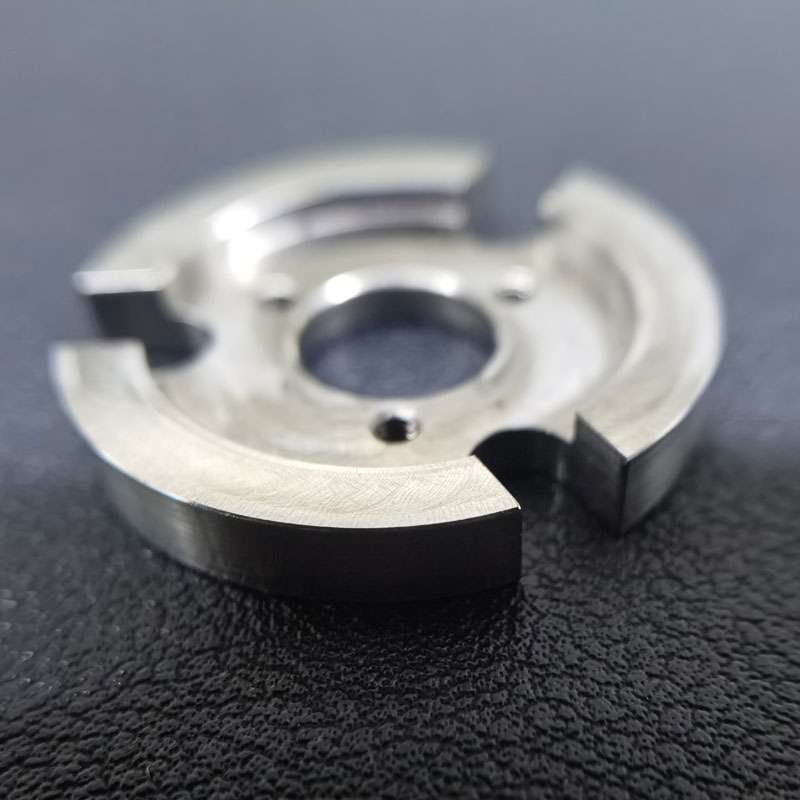
As the machined or deburring
The machined or deburring finish is the standard finish where unwanted attach chips are removed with deburring tools, and sharp edges are chamfered to smooth the surface (3.2 μm).
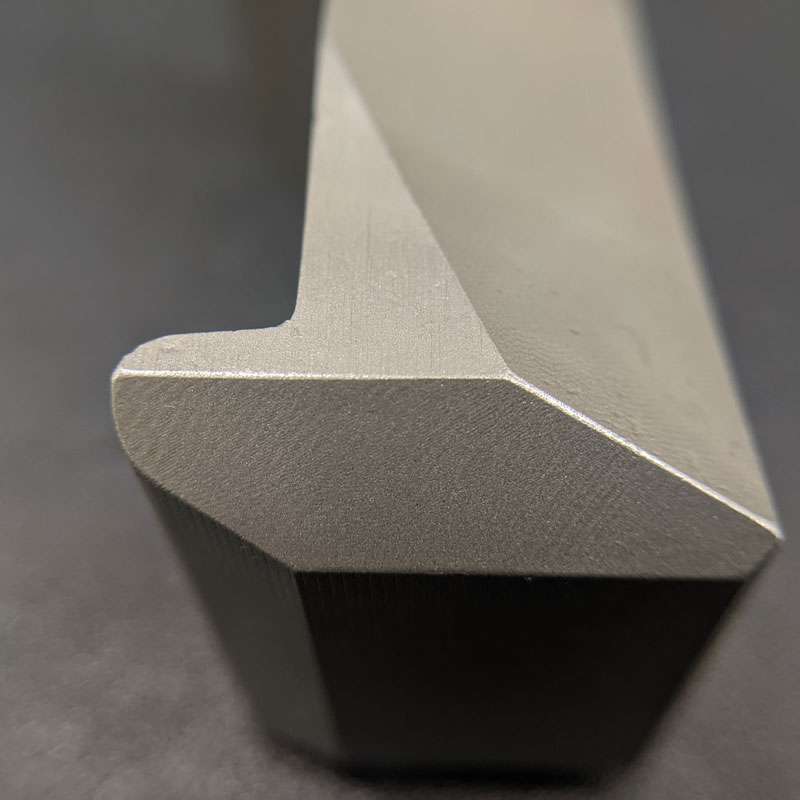
Bead Blasted
Bead blasting produces a matte texture, removing all the marks of machining tools. It applies to ABS, Aluminum, Brass, Stainless Steel, and Steel parts.
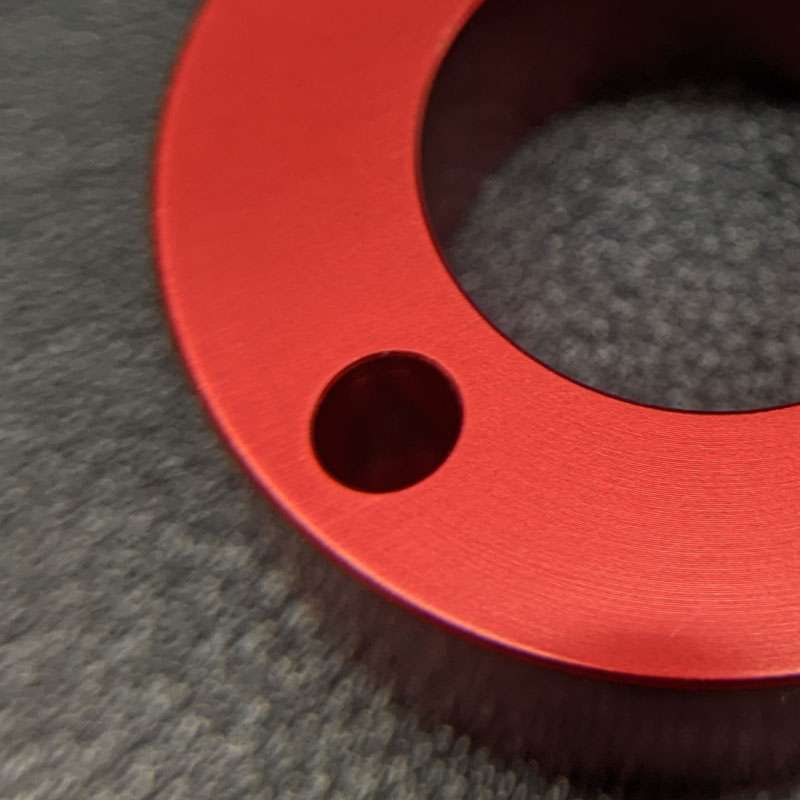
Anodizing
Anodizing involves adding an aluminum oxide coating to aluminum and its alloys. The layers, which come in various colors, increase strength and shield the surface from corrosion.
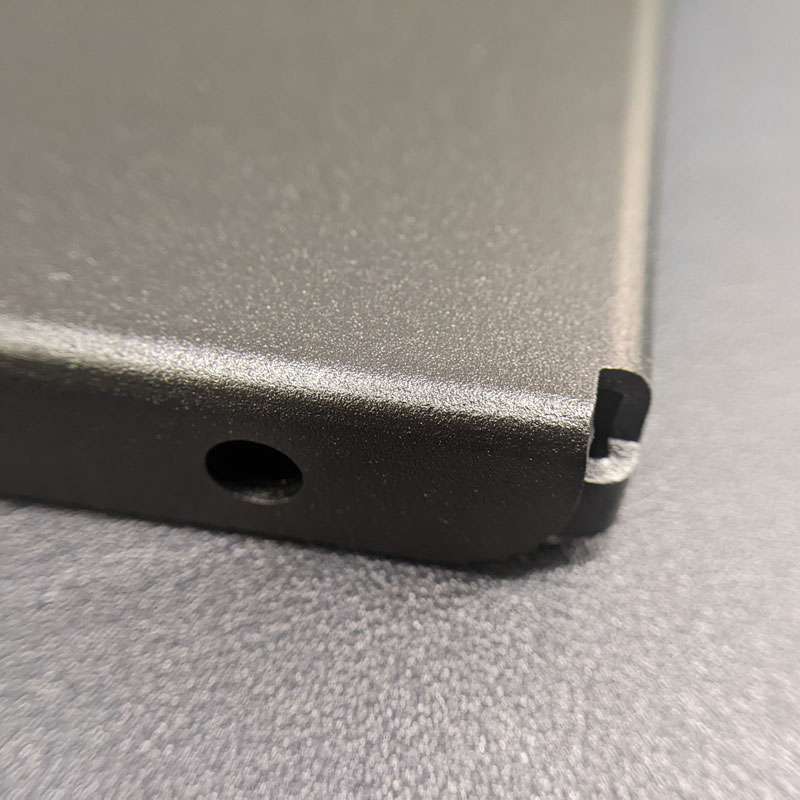
Powder coating
Powder coating is the electrostatically applying of dry powder to the surface. It produces a thin layer providing excellent resistance to wear, corrosion, and abrasion.

Polishing
Physical rubbing of a metal surface to create a shiny surface is called a polishing surface finish. It increases the reflectivity and does not affect the dimensional stability of parts.
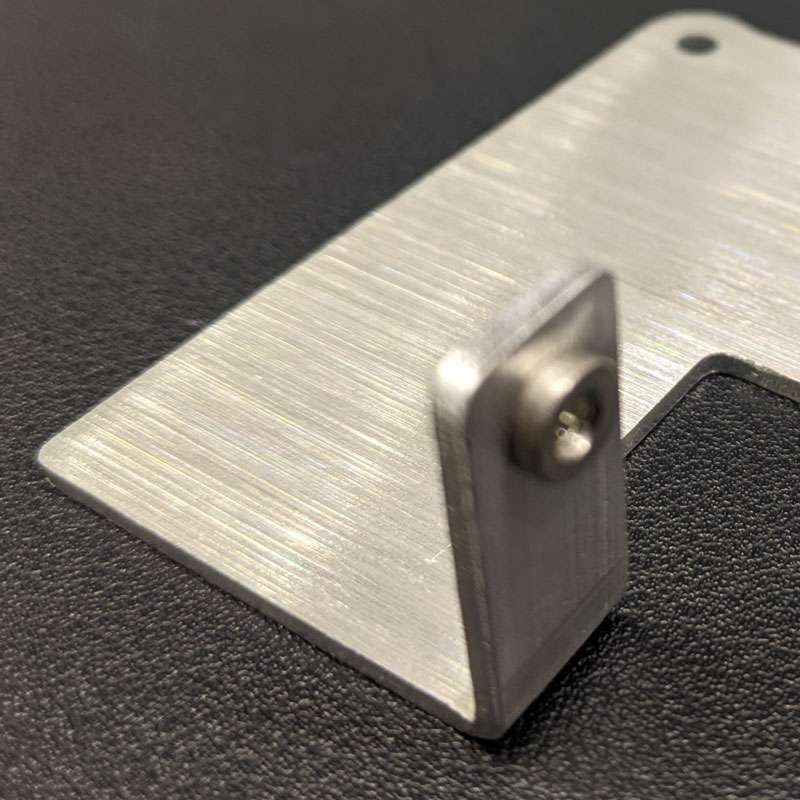
Brushing
Brushing is achieved by applying an abrasive brush to the metal surface, which produces a unidirectional satin finish. And it is not recommended for highly corrosive materials.
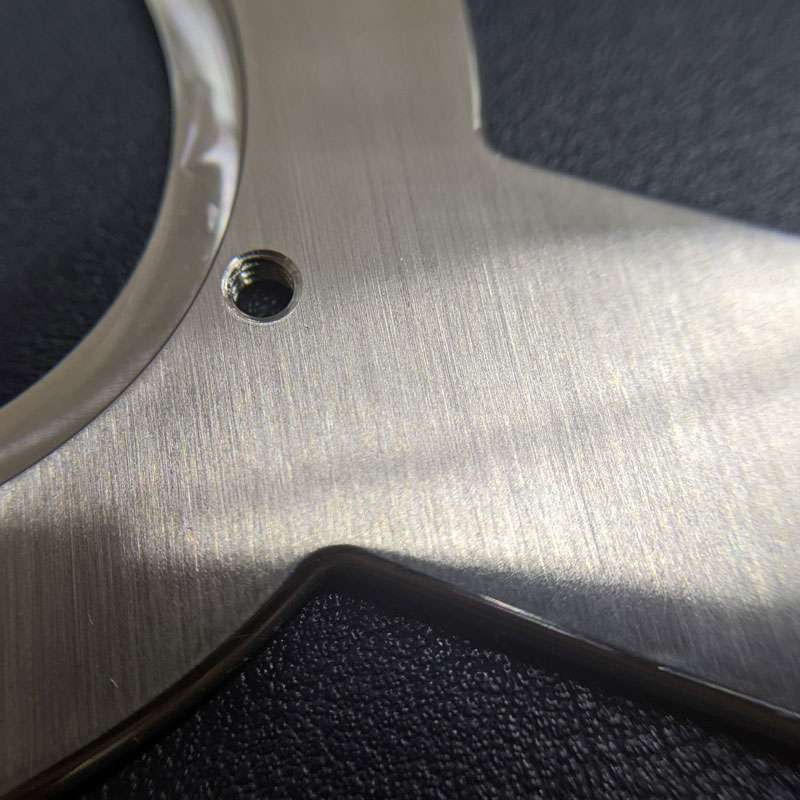
Smooth machining
Smooth machining is done by controlling the machining process, such as feed rate & cutting speed. It minimizes the tool marks and risk of corrosion.
Black-Oxide
Black oxide finish reduces surface reflectivity and offers mild corrosion protection. It involves adding a thin layer of magnetite to the surface.
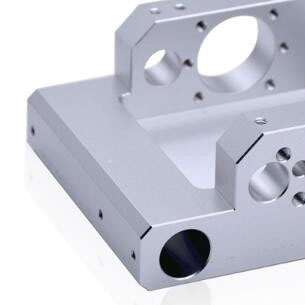
Fine machining
The higher-precision machines produce delicate machining surfaces by utilizing sharper tools and regulating feed rate and cutting speed. Surface roughness up to Ra 0.8 μm can be maintained with smooth machining.
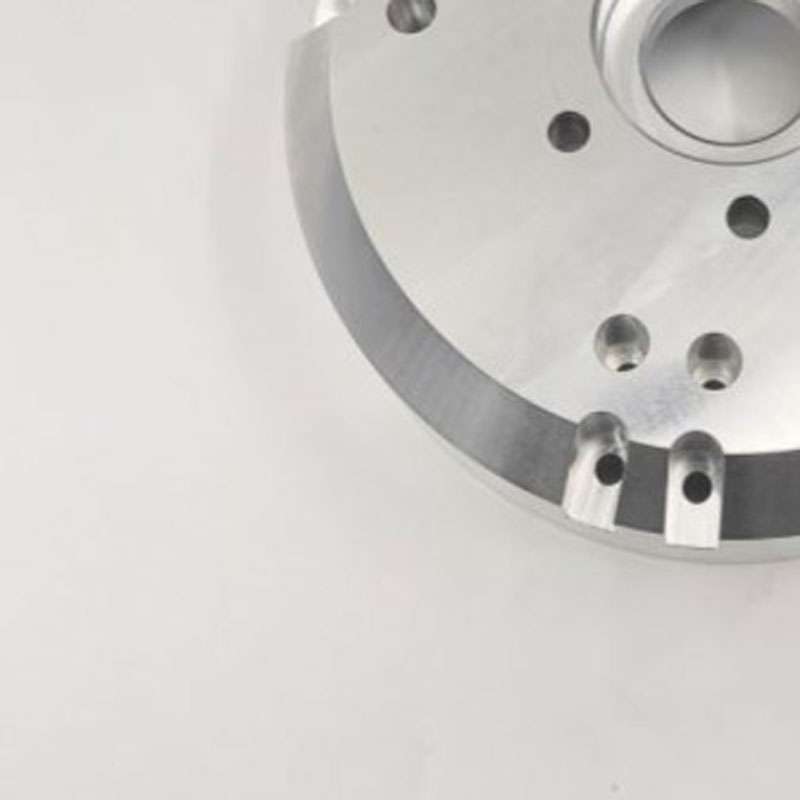
More
Provides a random, non-linear texture with a shiny, high gloss finish. However, it might be unable to create sharp corners and pockets
Plasma Cutting Tolerances
Dimension detail | Tolerance(+/-) |
| Edge to edge, single surface | 0.005 inch |
| Edge to hole, single surface | 0.005 inch |
| Hole to hole, single surface | 0.002 inch |
| Bend to edge / hole, single surface | 0.010 inch |
| Edge to feature, multiple surface | 0.030 inch |
| Over formed part, multiple surface | 0.030 inch |
3 Ways to Ensure Perfection
Standards
Metals: ISO-2768 fH (fine)
Plastics: ISO-2768 mK (medium)
Metric threads tolerances: ISO 965-1 standard UN Threads Tolerances: ASME B1.1-2003 standard
Knurling: ISO13444:2012 standard.
Our factory is ISO 9001:2015 certificated
Inspection and Protection
Constant visual inspection conditions
Quantification of cosmetic surface quality
Process requirements
Part cleaning and Protection
Quality Inspection Report
Inspection Confirmation
Dimensional confirmation
Appearance confirmation
Quality documentation
Plasma Cutting FAQ
What is plasma cutting?
Plasma cutting is a thermal cutting process that uses a concentrated plasma arc, which melts the material from the cutting spot to create the cut or profile.
Which material can be cut with plasma cutters?
Plasma cutters can cut metal & alloys having high electrical conductivity, such as copper, steel, titanium, aluminum, and many more. In addition, it is compatible with up to medium thickness (100 mm).
What are the reasons for choosing plasma cutting technology?
Plasma-cutting technology offers high precision, complex cuts, high production speed, safe handling, and many more advantages.
What are the three components of a plasma arc cutter?
Three components of the plasma arc include a Power source, an Arc starting console, and a Plasma torch. The power source provides the supply. The Arc starting console deals with the arc generation & ionization of gas, and the plasma torch is responsible for supplying concentrated plasma beams and handling consumables.
Related Blog
Punching vs Laser Cutting: Which One is Right?
Punching suits high-volume, laser cutting delivers high precision
What You Should Know About HVAC Sheet Metal Fabrication
Get the insights on HVAC sheet metal fabrication
MIG VS TIG Welding: A Comprehensive Technical Comparison
Key differences between MIG and TIG welding
Get Your Parts Made Today
All uploads are secure and confidential.


 Steel Plasma Cutting
Steel Plasma Cutting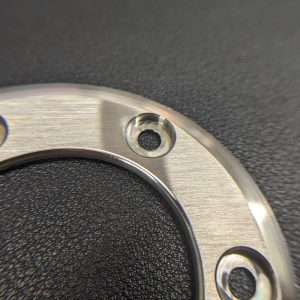 Stainless Steel Part
Stainless Steel Part



